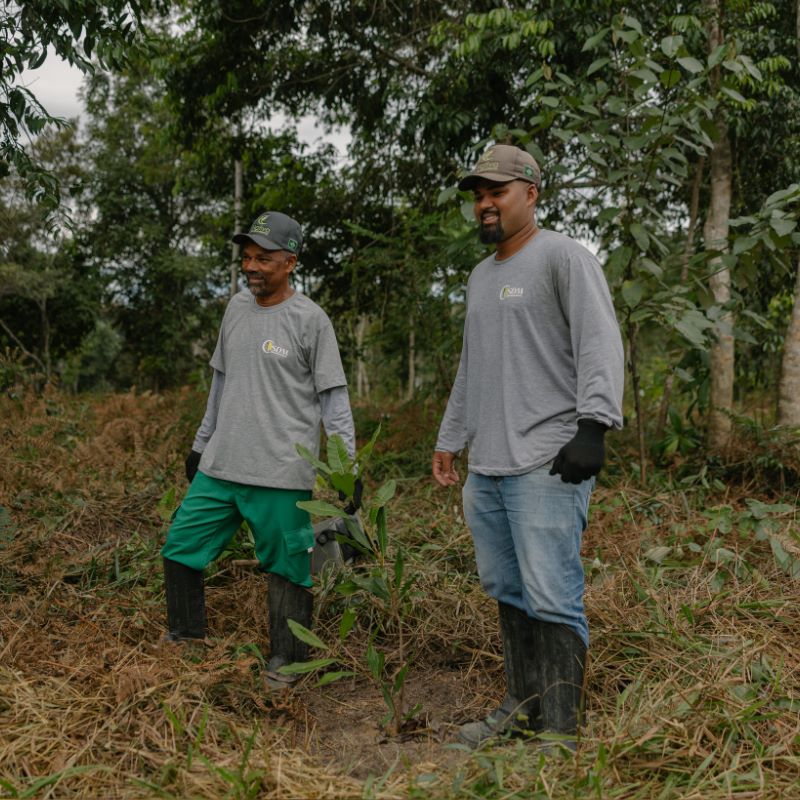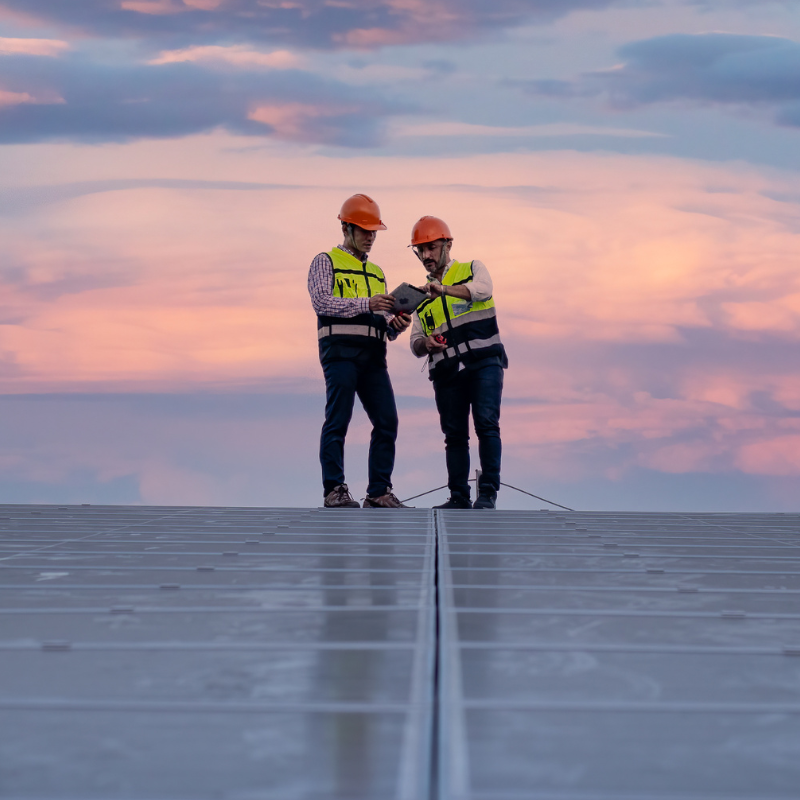It covers 71% of the earth’s surface, makes up about 65% of your body, and there’s probably a glass or bottle of it within reaching distance, but how much time do you actually spend thinking about water? While it might be all around us, and essential to all life on earth, it can be easy to ignore water, unless there’s too much of it — or not enough.
While sudden floods and their tragic consequences can make headlines, droughts are slow-moving disasters and grab less attention, even though they have the potential to impact millions of people. The U.K. is experiencing one of its driest years on record, while many parts of the U.S are also dealing with below-expected rainfall and swathes of Africa are now in the third consecutive year of severe drought.
Rising global temperatures are impacting rainfall, but some factors are man-made, from deforestation to agricultural overgrazing to the expansion of the data centers that power our digital lives, which are heavily dependent on water for cooling.
While tech places huge demands on our water resources, it can also innovate ways to reduce that demand. Some of those ideas can come from unlikely sources, and while small solutions might seem like a drop in the bucket, those drops can add up to a wave.
In Yorkshire in the north of England, two farmers have created a simple device that automatically shuts off hoses and taps when a receptacle is full. Named SealStop by inventors Belle and Jason Richardson, the husband-and-wife team has already turned down multiple offers to buy the award-winning design, which they created to solve the problem of overfilling water troughs for the animals on their farm.
“Our ethos is very much people first and profit second — it’s about helping people not to waste water,” Belle Richardson told HullLive. She added: “We’re in the middle of a hosepipe ban after one of the driest springs on record. We all need to be aware that we’re running out of fresh water, and we must be mindful how we use it.”
Agriculture has always been an industry that relies on careful water management, so it’s no surprise that farms are a useful testing ground for water technology. In Tennessee, the farm of pop star Any Grant has become a case study for the potential of atmospheric water generation.
The technology uses simple principles of evaporation and condensation to turn humidity in the air into water, with generated ozone gas then being used to purify the results and make it safe for consumption. As reported in Tennessee Lookout, Florida-based firm Altitude Water were keen to use Grant’s farm as a location to test its apparatus in relatively cool and dry conditions, as a precursor to using the technology in disaster zones and more rural communities.
The company has taken its learnings and already used them to help generate water supplies in Hawaii following the devastating 2023 wildfires, and in North Carolina following Hurricane Helene in 2024.
Jeff Szur, founder and chief operating officer of Altitude Water, said: “Testing at Amy Grant’s farm gave us the cooler temperatures and conditions we needed to develop the water and purification systems we are now using in disaster zones and rural communities ... As communities across the U.S. face ground contamination, aging infrastructure, and climate-driven water emergencies, the work we’ve achieved at Hidden Trace Farm has given us a replicable path forward."
Similar techniques are also being used to combat severe drought in Morocco. Rather than relying on digging wells underground, which can be expensive and hard to maintain, communities have looked up instead, installing the world’s largest system of fog-harvesting nets.
The system of 3D nets, placed on mountainsides above 1.2 kilometers, captures moisture from coastal fogs, and currently produces 37,000 liters of water a day, enough to supply more than a 1,000 people in local villages with reliable running water.
The Moroccan government is keen to expand the technology as part of a long-term solution to water scarcity and climate change.


